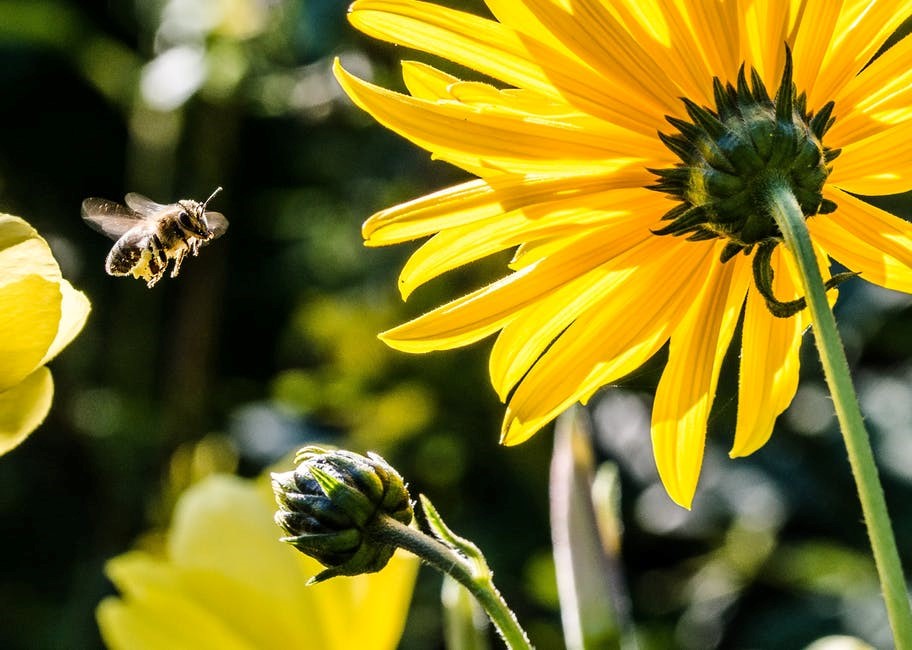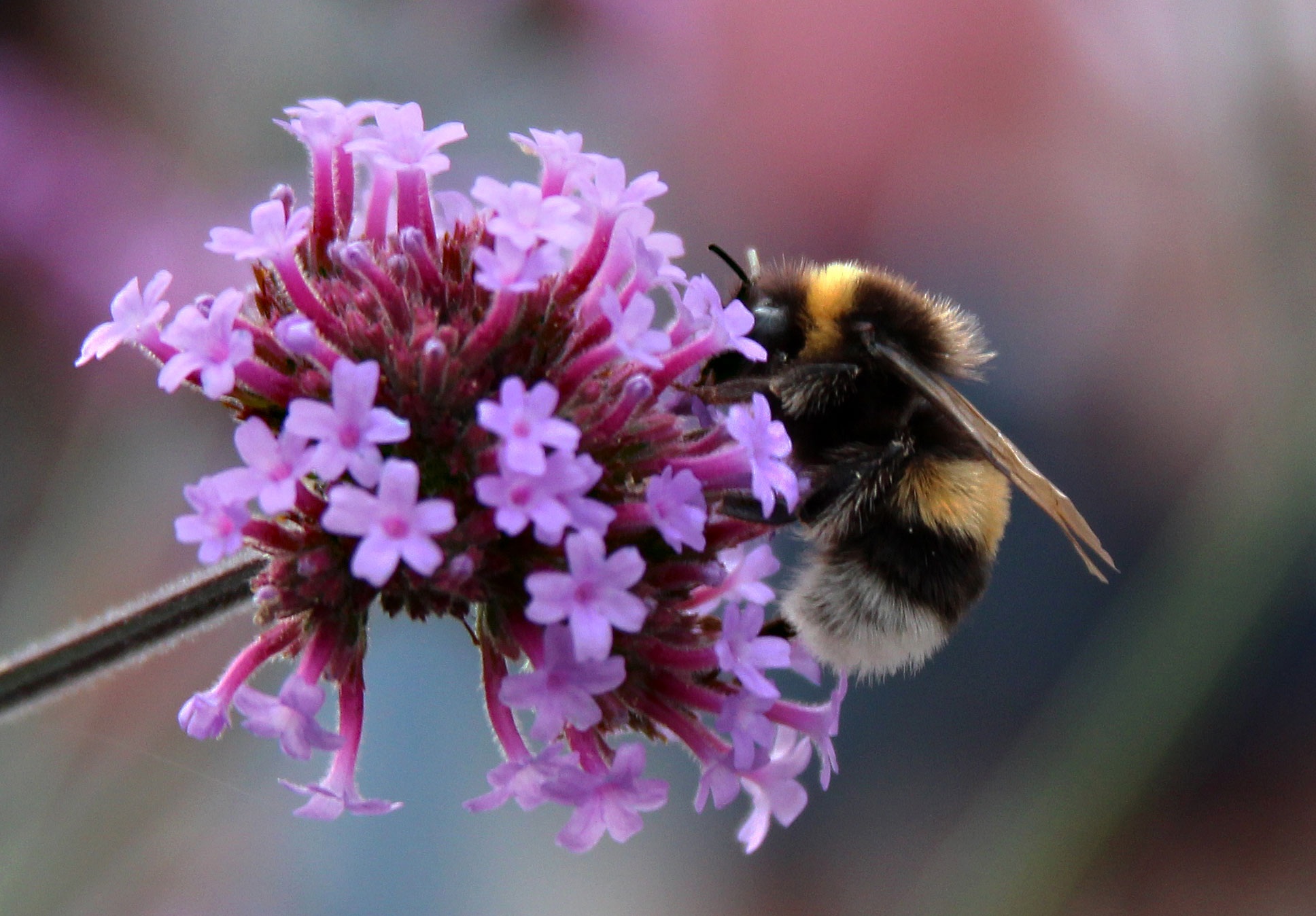Charity Spotlight: This blog post is part of our charity spotlight series and was provided by Beatrice Olivastri, Chief Executive Officer at Friends of the Earth Canada.
My name is Bea and I’m on a mission to save the bees. My grandfather was a farmer and beekeeper, and throughout my childhood I rambled around the farm, hid in woodlots, chased the chickens and investigated streams. Five gallon pails of honey and homemade sauerkraut made the trek home with me after each visit, and it is during these trips where I developed my immense love for bees.

There are over 20,000 species of bees in the world with new species being discovered all the time. Canada has over 825 species of bees, and more than 40 species are bumblebees. While I’ll always care about honey bees, a species imported from Europe specifically for honey production, Canada’s wild, native bees are the most important bees and, with so little known about them, need our attention.
Bees Are Keystone Species
The scale is immense – nearly 90 percent of the world’s 352,000 wild flowering plant species depend on pollinators like bees to transfer pollen in order to successfully reproduce. More than 75 percent of leading global crops benefit from animal pollination in production, yield and quality, and this pollination “service” is provided mainly by bees – more than 90 percent of the time.

Humans are Threatening Bees
Human activity, especially industrial agriculture and its dependence on pesticides— including neonicotinoids—threatens pollinators, their abundance, diversity, and health. Because of this, the ability for bees to provide essential pollination is threatened.
Neonicotinoid (neonics) pesticides are especially worrisome because they are attach themselves to plants. Neonics get inside plants, making nectar and pollen toxic to bees. The toxins then last in soil and water for months or even years on end. Even low levels of exposure can decrease bees’ abilities to forage, navigate, and communicate. The pesticides hinder their memory, suppress their immune systems and increase their vulnerability to disease and pests. Some neonicotinoids can be even 5,000 to 10,000 more acutely toxic to bees than DDT.
Through our advocacy efforts, our work has paid off in Ontario. In 2015, the province became the first government in North America to permanently reduce the use of neonics in agriculture.
We’ve also tested flowering plants from big box stores for their level of neonic contamination. In 2014, more than half contained harmful levels of neonics. In 2015 Canadian samples, we saw the same. We have asked for gardeners to help by insisting on neonic-free plants, and major gardening centres and retailers are responding, but it’s too early to say we’ve won for the bees.
Meanwhile, we’ve gone to court to argue that a number of pesticides containing two neonicotinoid active ingredients (Clothianidin and Thiamethoxam) are unlawfully registered. We expect hearings to take place in 2017.
I learned from Canada’s wild bee guru, Dr. Laurence Packer, that my backyard is an important sanctuary for wild, native bees. He’s counted up to 35 species of wild bees in his. We launched our Let It Bee campaign to change gardening and landscape practices harmful to wild, native bees by calling on Canadians to sign the pledge to make their homes bee friendly. Through this pledge, Canadians have promised to provide homes for bees by leaving old stems, sticks and decaying wood; leaving sunny areas of ground mulch-free so they can burrow; and plant at least three flowering native plants to provide nectar and pollen in spring, summer and fall. We also offer advice through our Bee & Bee program to welcome and protect wild, native bees in backyards by providing tips and advice to homeowners through educational resources.
Actions are Needed to Save the Bees
As a Canadian charity, Friends of the Earth Canada works with counterparts in 75 countries around the world under the Friends of the Earth International network. Sharing bee research findings and public education resources among our counterparts in the United Kingdom, the United States and Germany is a valuable way to be effective with every donor dollar we spend. In addition to bees, Friends of the Earth Canada advocates for environmental protection across Canada, and around the world.
As for the bees, we are using every technique I’ve learned in the last 30 years to save this important keystone species beecause we care about the bees and all of the ecosystem services these species provide. Just banning the pesticides isn’t enough—we have to work together to restore wild bee habitat and ensure no new threats arise through regulation, research, corporate responsibility, and public participation.
To learn more about Friends of the Earth Canada, or to make a donation, visit Friends of the Earth’s Charity Profile Page.
Leave a Reply